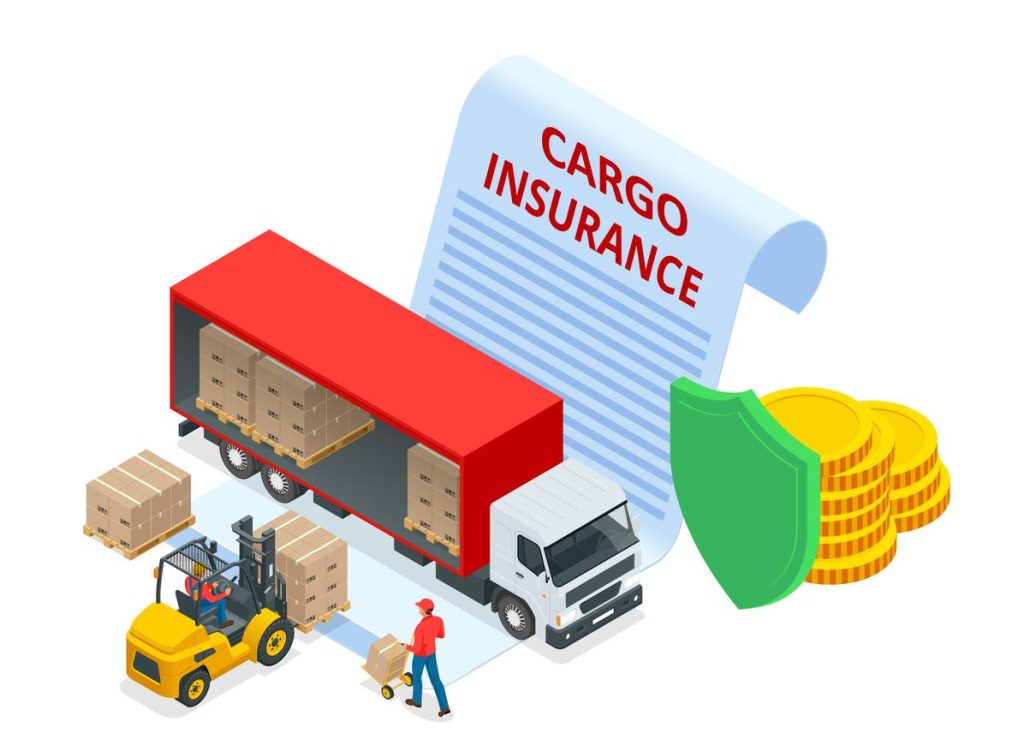When it comes to transporting goods, whether across town or around the globe, the journey is fraught with uncertainties. From unpredictable weather to accidents, theft, or damage, numerous risks can threaten the safe delivery of your cargo. This is where cargo insurance becomes a critical safeguard, providing financial protection and peace of mind during transit. In this article, we’ll explore the essentials of cargo insurance, why it matters, and how it can secure your freight against the unexpected, ensuring your business stays resilient no matter what challenges arise along the way.
Table of Contents
- Understanding the Scope and Types of Cargo Insurance
- Key Risks Covered by Cargo Insurance Policies
- How to Choose the Right Cargo Insurance for Your Freight
- Best Practices for Filing Claims and Managing Risk
- Final Thoughts
Understanding the Scope and Types of Cargo Insurance
Cargo insurance is designed to protect shipments against a multitude of risks encountered during transit, whether by land, air, or sea. Its scope often covers losses resulting from incidents such as theft, damage, natural disasters, and accidents. Understanding the extent of coverage requires a close look at the terms of the policy, as some may include additional protections like delay compensation or coverage for partial loss. It is essential for shippers and freight forwarders to recognize that cargo insurance does not commonly cover all perils unless a policy explicitly states so, making clarity around coverage critical to avoid unexpected liabilities.
Different types of cargo insurance policies cater to varying needs and shipment profiles. Among the most common are:
- All-Risk Coverage: Offers comprehensive protection against almost all physical loss or damage except those specifically excluded.
- Named Perils Coverage: Limits coverage to risks specifically mentioned in the policy, such as fire or collision.
- Total Loss Only: Provides indemnity only in the event the cargo is completely lost or destroyed.
- Warehouse-to-Warehouse: Ensures goods from origin to final destination are protected throughout the transit chain.
Each type serves a strategic role in risk management, demanding a thorough evaluation of shipping routes, cargo nature, and value to select the most suitable protection.
Key Risks Covered by Cargo Insurance Policies
When transporting goods, understanding the potential threats that can jeopardize your shipment is crucial. Cargo insurance policies are meticulously designed to shield your freight against a variety of perils, ensuring that your investment remains protected even in unforeseen circumstances. Among these, physical damage from accidents such as collisions or overturns during transit stands as a primary coverage area. Additionally, policies typically cover losses caused by natural disasters like storms, floods, or earthquakes that may damage or destroy goods en route. Theft and hijacking are another noteworthy risk, especially for high-value or vulnerable cargo, emphasizing the need for secure insurance protection.
Moreover, cargo insurance often accounts for less obvious threats, including handling and loading errors by carriers, which can lead to breakage or spills. Damage resulting from improper storage or delays during transit is sometimes covered, depending on the terms of the policy. Here are several key risks typically insured:
- Accidental collision and overturning
- Natural catastrophes (storms, floods, earthquakes)
- Theft and pilferage of goods
- Damage during loading and unloading
- Losses due to transit delays
How to Choose the Right Cargo Insurance for Your Freight
When selecting cargo insurance, it’s crucial to analyze the specific risks associated with your freight’s nature, route, and mode of transportation. Different goods face distinct vulnerabilities—perishable items demand coverage against temperature fluctuations, while fragile cargo requires protection from handling damages. Assess the value of your shipment accurately to avoid underinsurance, which might save costs upfront but could lead to significant losses in case of a claim. Additionally, consider the geographical transit zones, as some regions may pose higher risks due to weather, political instability, or theft rates.
Key factors to consider include:
- Type of coverage — choose between all-risk or named-perils policies based on your tolerance for risk.
- Exclusions and deductibles — be clear on what is not covered and how much you’ll pay out-of-pocket.
- Claims process efficiency — opt for insurers known for fair and quick claim settlements.
- Additional services — such as cargo tracking and risk management consultation.
By balancing these elements, you can secure insurance that not only safeguards your freight but also fits seamlessly within your logistics strategy, ensuring peace of mind from dispatch to delivery.
Best Practices for Filing Claims and Managing Risk
When filing claims, accuracy and timeliness are paramount. Ensure all documentation—such as bills of lading, inspection reports, and delivery receipts—are meticulously gathered and submitted within the insurer’s specified timeframe. Be clear and precise in describing the damage or loss, and provide photographic evidence wherever possible. This not only expedites the review process but also reduces the risk of claim disputes or denials. Additionally, maintain open communication with your insurance provider to clarify any uncertainties and keep track of claim status updates.
Managing risk effectively involves proactive strategies that go beyond just relying on insurance. Implement comprehensive risk assessments at every stage of your cargo’s journey and collaborate closely with trusted logistics partners who prioritize safety and compliance. Consider investing in advanced tracking technologies and secure packaging solutions to minimize vulnerabilities. Key practices include:
- Regular training for personnel involved in handling and shipping goods.
- Routine maintenance of transport vehicles to avoid mechanical failures.
- Clear contracts and responsibilities defined with carriers and third parties.
- Contingency planning for potential disruptions like weather or port delays.
Final Thoughts
In the complex world of shipping and logistics, cargo insurance isn’t just an optional add-on—it’s a crucial safeguard that protects your investment every mile of the way. Whether you’re a seasoned freight handler or a business just starting to expand internationally, understanding and securing the right cargo insurance can mean the difference between a minor hiccup and a major financial setback. By investing in comprehensive coverage tailored to your specific transit needs, you ensure peace of mind, minimize risks, and keep your supply chain resilient against the uncertainties of transportation. Don’t leave your freight’s fate to chance—make cargo insurance an integral part of your shipping strategy.






